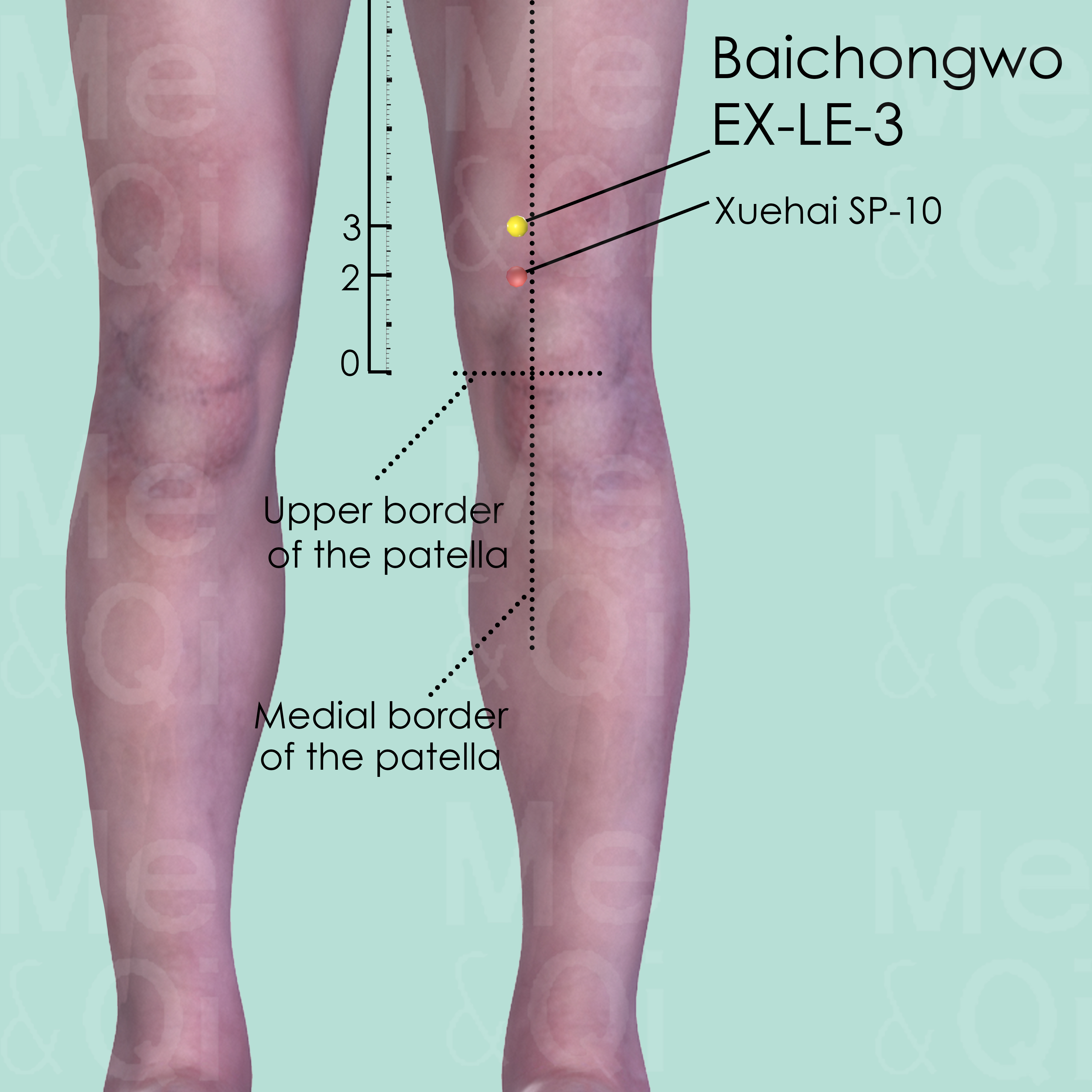Winter Rashaccording to TCM
Symptom family: Dermatological Conditions & Symptoms
Parent symptom: Skin Rashes
What is Winter Rash?
Winter rash, a common dermatological condition, emerges primarily during cold, dry months. It manifests as irritated, dry, and itchy skin, often exacerbated by indoor heating and reduced humidity. The skin may appear red, flaky, and in more severe cases, may crack or bleed. While winter rash can affect any part of the body, it frequently appears on the hands, arms, and legs. Understanding its triggers and characteristics is crucial for effective prevention and treatment.
How Does TCM View Winter Rash?
Traditional Chinese Medicine (TCM) perceives winter rash as a manifestation of external pathogenic factors, particularly Wind and Cold, affecting the body's Qi (vital energy) and Blood. TCM practitioners believe that the skin's health reflects internal imbalances, such as weakened Qi, Blood dryness, or Yin Deficiency.
The treatment thus focuses on harmonizing the internal systems, nourishing the skin, and expelling pathogenic influences, using a combination of herbs, acupuncture, and dietary adjustments.
Causes of Winter Rash According to TCM
TCM attributes winter rash to several patterns, the most common being the invasion of Wind-Cold and Dampness. This condition arises when the skin is exposed to harsh environmental factors, leading to Qi And Blood Stagnation. The skin, deprived of proper nourishment, becomes dry and irritated.
Another contributing factor could be Yin Deficiency, where insufficient body fluids fail to moisturize the skin adequately. TCM treatments aim to address these root causes by nourishing Yin, expelling Wind-Cold, and promoting Blood circulation to restore the skin's health.
Acupoints for Winter Rash
TCM also recommends specific acupoints for treating winter rash, particularly those that cool Blood Heat and expel Wind-Damp. An example is Baichongwo EX-LE-3, located in a depression on the vastus medialis muscle, superior to the patella.
Stimulating this point can help alleviate skin irritation and improve local circulation, thereby addressing the symptoms of winter rash. Acupuncture at this and other relevant points can be an effective adjunct to herbal therapy, offering a holistic approach to managing winter rash.
See more details below about Baichongwo EX-LE-3, an acupoint used to address winter rash.
- By Meridian
- Extra Points: Lower Extremities (EX-LE)

Baichongwo EX-LE-3
It is in a small depression on the vastus medialis muscle, 3 cun superior to the upper medial border of the patella. It is also 1 cun superior to Xuehai SP-10.
TCM Herbs for Winter Rash
In treating winter rash, TCM relies on herbs that dispel Wind and Dampness while nourishing the skin. Paniculate Swallowwort Roots (Xu Chang Qing) are commonly prescribed for their pungent and warm properties.
They target the Stomach and Liver channels, effectively treating Wind-Damp Painful Obstruction and Blood Stagnation, conditions often underlying skin issues like winter rash. These herbs work by restoring the flow of Qi and Blood, thereby alleviating the symptoms and promoting skin health.
- By Herb Category
- Herbs that dispel wind and dampness
Herbs that dispel Wind and Dampness
Winter rash can be treated by these herbs when it is due to the invasion or accumulation of wind and dampness, which often affects the muscles and joints.
One such herb is Paniculate Swallowwort Roots (Xu chang Qing), which is directly recommended for winter rash.
